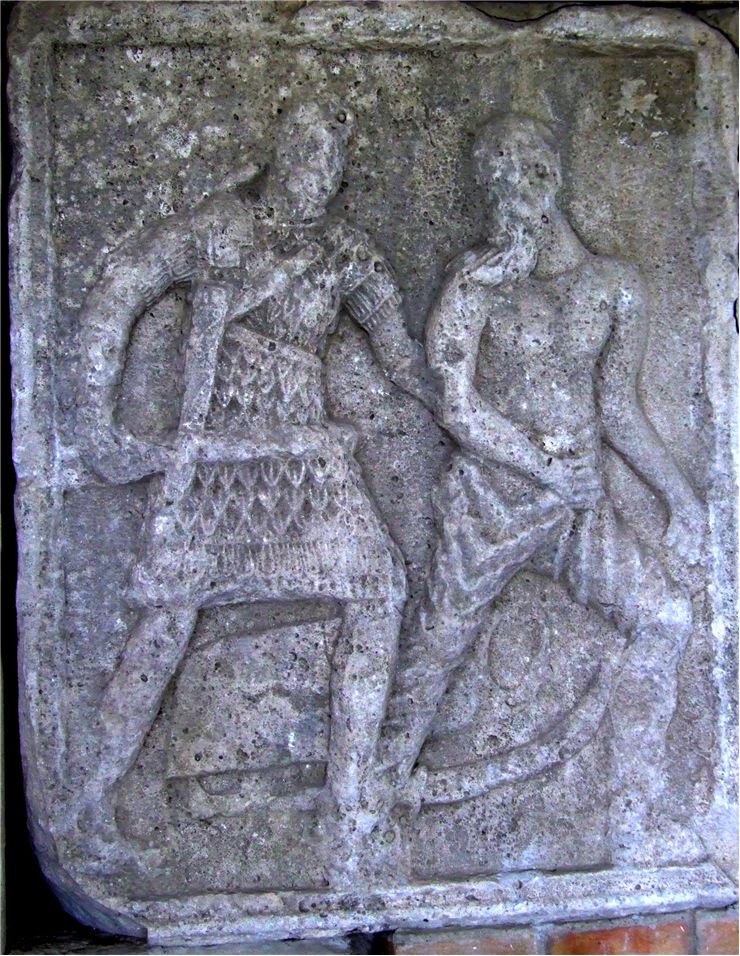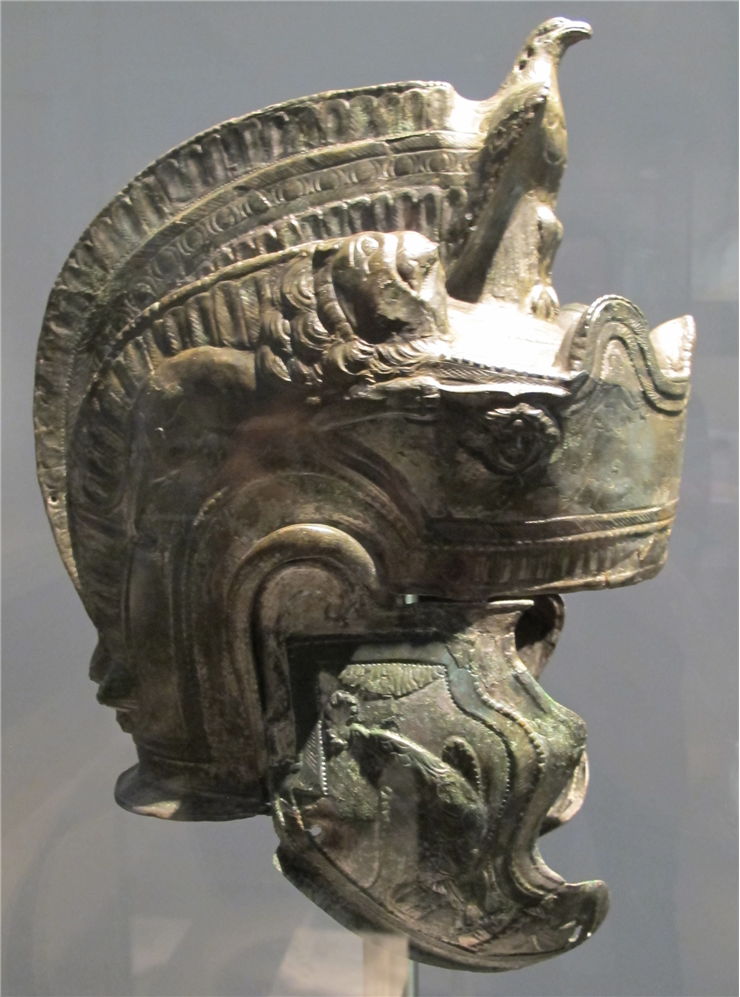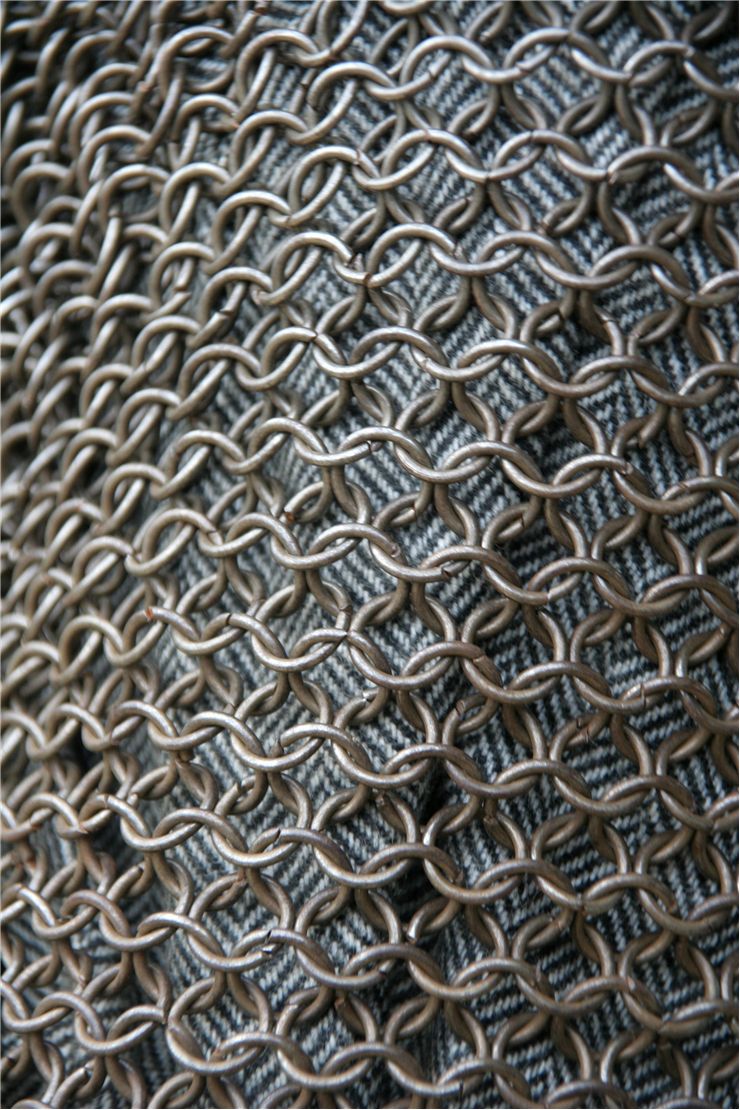Roman Armor - History of Roman Military Equipment
Roman Empire and Roman Republic managed to shape history of Europe and the world in a significant way in part because of its incredible military strength, which enabled rulers of Rome to expand their holdings across vast distances. Military might of Rome was fueled not only by tight organization and tactics used by their soldiers and military leaders, but also because of their advanced military gear that included many forms of personal armors, weapons and secondary gear. Roman soldiers came in two types, light infantry and heavy infantry, with gear that at first mimicked designs of Greek and Etruscan, but later models were enhanced not only with the innovation of Roman smiths, but also because of the influences of Celts, Carthaginians, and others. It is also very important to notice that once some piece of armor gear or weapon became accepted by the Rome, that gear was manufactured and distributed to entire Roman army, making every Legion (army organization of 5,400 soldiers) highly standardized. This set of standards that was infused into their practice patterns called “res militaris” or “disciplina” enabled Roman commanders or soldiers to easily be accustomed to new army companies when they were transferred or mobilized back to the service. Every camp was formed to have same shape and form, all gear was standardized, as well as tactic.
Roman Armors
Light infantry – Majority of roman troops worn little to no armor, mostly focused on lighter leather armors that were sometimes enhanced with metal. These troops were intended to be used as fast mobile infantry that was also very cheap to maintain.
Lorica hamata – Lorica hamata was Roman mail armor made from interwoven metal rings that was used as a primary armor for heavy infantry during Roman Republic and Roman Empire. Most popular metals were iron and bronze, with flexible design that also allowed attachments of additional protective gear (mostly for shoulders and hands). Because mail armor was not present much in central Europe, it is believed that Romans started producing these kinds of armor after their encounters with the Celts.
Lorica segmentata –Heavy armor created by connecting metal plates of varying sizes across chest, back, and shoulders of soldier that were connected by leather straps. Strips were arranged into horizontal rows, while back usually had strong back plates. Armor was easy to transport because it could be disassembled into four collapsible sections. It was used between 9 BC and 3rd century AD as primary armors of strongest companies of soldiers.
Lorica squamata – Less frequently used Roman armor based on the scale armor design that was worn usually by standard bearers, cavalry, certain types of centurions, axillary infantry and sometimes commanders.
Leg, hand, head and shield armor gear
Manica – Manica was armguard made from thin metal plates that was worn by some Roman soldiers.
Greave – Metal leg protection that had the form of thin metal sheets that was used in later years of Roman history.
Scutum – Large metal-enhanced wood shield that was heavily popularized in Rome for tactical use in group attack or defense moves.
Parma – Circular hand shield around 3 feet across with iron enhancement in the middle of its frame that was mostly used by light infantry.
Cetra – Light shield made from wood and leather, rarely used by Romans.
Galea – Helmets that changed their form over centuries of Roman history. Most had peak on the top and the back of the helmet.
Tunic – Wool garment worn by solders below other armors.
Focale – Scarf that protected neck and shoulders against metal armor.
Braccae – Woolen trousers for both light and heavy infantry.
Balteus – Roman sword belt.
Sagum and the Paenula – Two types of Roman cloaks, first made from wool that was treated with oil to repel water and second one with hood for colder climates.
Pteruges – Skirt made from leather strips that protected upper legs.
Caligae – Roman military leather boots, some were enhanced with metal.
Sarcina – Military pack that included standardized gear such as leather satchel, food, water skin, cooking equipment, stakes for camp construction and entrenching tools (usually small shovel).


